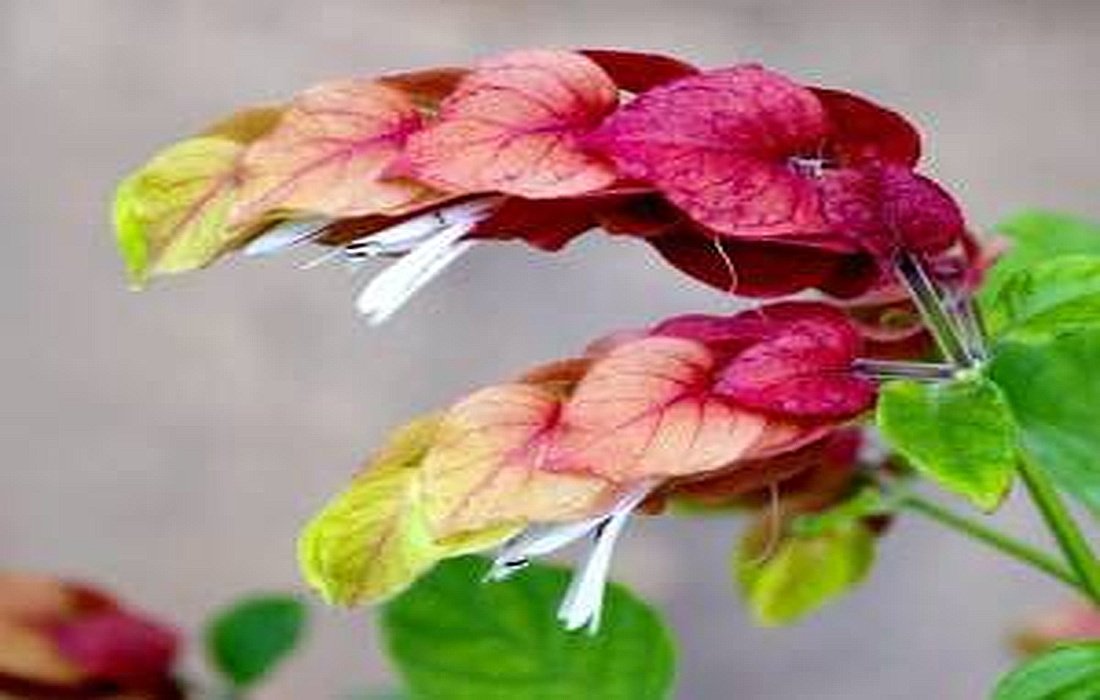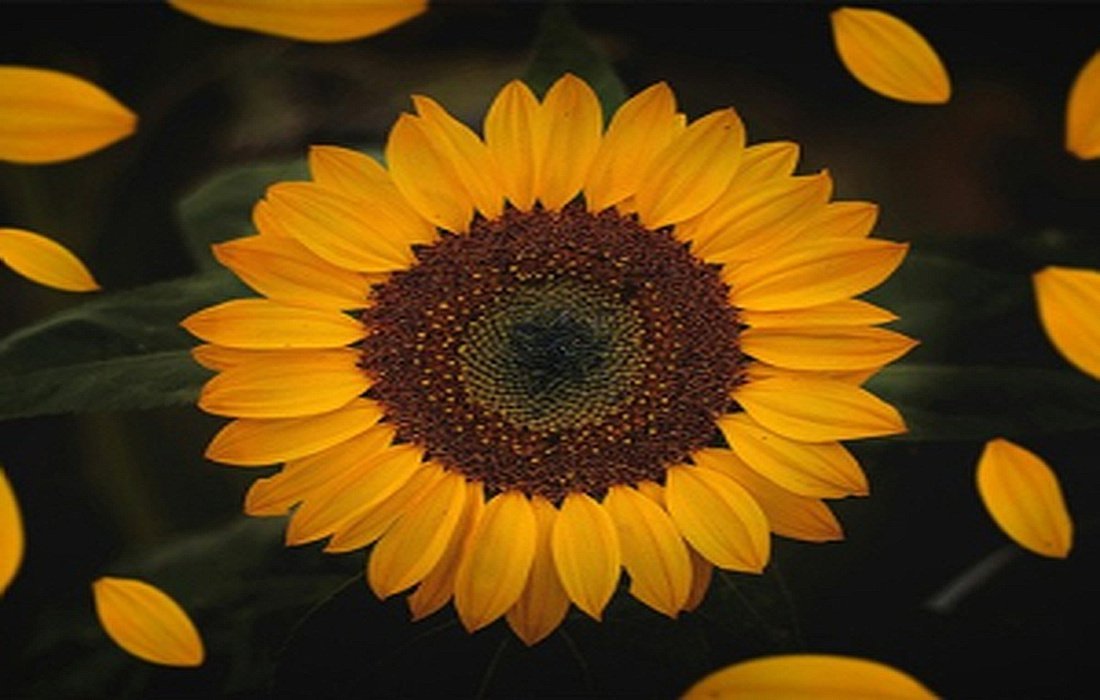Introduction and CultivationNawak Plantor Belperon orShrimpGolden
The Nawak plant, Belperon, or Golden Shrimp is an evergreen shrub belonging to the Acanthaceae family. This plant requires minimal care and can live for 10 to 20 years if properly cared for.
The Nawak plant has oval-shaped leaves and can grow to over 1 meter tall. The density of its branches typically depends on the plant’s height; as the plant exceeds 1 meter, the density of the foliage decreases.
The green leaves of this plant typically measure 3.5 to 7.5 centimeters and grow towards the ends of the branches. If the plant receives enough light, the leaves will develop white spots.
Flowers and Fragrance of the Nawak Plant
This plant usually blooms twice a year. The flowers start white and gradually change to light pink or red. While these flowers typically do not have a strong fragrance, they attract butterflies and insects.

Light and Temperature
These plants, which are native to tropical regions of Mexico and the southwestern United States, require less light when kept in wet areas but need more light in dry conditions.
Sunlightplays a significant role in creating the different colors of this plant’s flowers. However, if the plant is exposed to intense sunlight, its flower petals may turn white.
If keeping the plant in cooler areas, it is best to place it behind glass, and if kept outdoors, move it indoors during cold seasons. Avoid keeping it in environments with temperatures below 7 degrees Celsius.
Watering and Fertilizing
The Belperon plant is highly resistant to drought, so it’s better to water it occasionally during summer and autumn, and only water it when its leaves start to drop during winter.
This plant does not require fertilization at any time of the year.

Soil and Repotting
It is better to use sandy soil for this plant. Mature plants do not need repotting, but those in the growth phase should be transferred to a larger pot to provide adequate space for root growth.
Prune the Golden Shrimp plant in the spring before moving it outdoors.
Pruning
The Nawak plant requires pruning to maintain a neat and attractive appearance. To encourage denser branches, prune it every year after the flowering period is over.
Keeping the plant to a height of 60 centimeters is suitable for its healthy growth.
How to Propagate the Golden Shrimp Plant
As mentioned inSelMagzyou should propagate this plant through cuttings and stem division. Stem division is the simplest method for propagating these plants outdoors.
To do this, gently remove the plant from its pot and cut its roots into two or three sections.
When planting the divided sections, ensure they are at least half a meter apart to prevent them from merging.
For propagation by cuttings, ensure that each cut has at least 4 leaves.
Before placing the cuttings into the soil, dip the cut end of the cutting in rooting hormone.
Keep the soil moist until new roots develop, which may take about 6 to 8 weeks.
Once the new plants are robust, transfer them to new pots.

Pests and Diseases of Nawak Plants
If the plant is overwatered or underwatered, its leaves may start to drop.
Root rot and the presence of fungal spots on the plant’s leaves also indicate moisture issues.
If these symptoms occur, remove the plant from the soil and inspect the roots. Cut away any affected roots and leaves.
If fungus growth spreads, use stem cuttings to prevent the fungus from spreading to other parts of the plant.
This plant may also suffer from infestations by various pests like spider mites.
You can easily eliminate these pests using insecticides and neem oil.
In addition to protecting the plant from pests and diseases, pay special attention to where you keep your Belperon plant.
This plant is considered aggressive in various parts of North America, including parts of Florida and Texas; if planted in a garden, it will grow quickly and uncontrollably. So consider this carefully before planting it in your garden.
Since this plant has a lot of color variety, it is best to keep it in your yard or patio to add beauty to your home’s outdoor environment.







